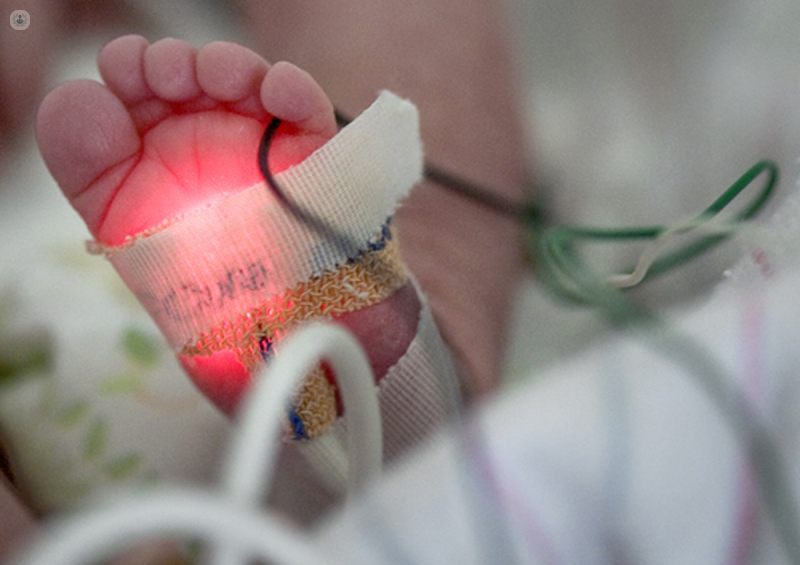

What is bronchopulmonary dysplasia?
Bronchopulmonary dysplasia (BPD) is a chronic lung disease which also once went by the name of chronic lung disease of infancy. The condition affects newborns, generally those who were born premature, who have been on a ventilator and required long-term use of oxygen. This can cause damage to the lungs and while some infants recover, some experience long-term difficulties in breathing.
Prognosis
Prognosis depends on how severe the BPD is. Most infants recover, but some may have ongoing health problems. Some babies who are diagnosed with BPD may be at increased risk for health problems throughout their childhood, such as respiratory infections, flu, and other infections. There is also increased chance of developing asthma, sleep apnoea, and GORD (gastroesophageal reflux disease). Some babies may have growth problems and may be smaller than other children of the same age. Health problems which develop depend on how serious the BPD is, as it may be a mild case, or a more serious case meaning the infant receives long-term ventilator support.
Symptoms of bronchopulmonary dysplasia
Many babies who develop BPD are born with RDS (serious respiratory distress syndrome). Symptoms of this include:
- Nostrils flaring
- Shallow breathing
- Rapid breathing
- A sharp pulling in of the chest between the ribs along with each breath
- The infant making grunting noises
What are the causes of bronchopulmonary dysplasia?
Infants who are born prematurely have few alveoli (tiny air sacs), and the alveoli which are present are generally not mature enough to properly function. This means that the newborn needs support to help them breathe, which is necessary, but can cause damage to the lungs. While mechanical ventilation is essential for the baby’s survival, over time excess oxygen intake can injure the lungs. BPD can also occur because of other problems affecting the newborn’s lungs, such as pneumonia, trauma to the lungs, and infection, which can also cause scarring and inflammation to the lungs.
Can bronchopulmonary dysplasia be prevented?
Evidence is emerging that shows that babies less than 8 days old who are given steroids run a much reduced risk of developing BPD. However, it is not clear if the benefits of giving a newborn steroids outweigh the risks.
A healthy pregnancy can help reduce the risk of your infant being born before their lungs have fully developed. Make sure to monitor your pregnancy with your doctor, follow a healthy diet, avoid smoking, alcohol, and taking drugs, and follow the advice of the healthcare professional you are seeing for checkups. If your doctor thinks that you are going to go into labour too early, they may give you corticosteroids which help to keep your baby’s lungs open, allowing them to breathe once they are born.
Treatments for bronchopulmonary dysplasia
Babies with BPD will be treated in intensive care, and depending on the severity, treatment usually consists of some or all of the following:
- Medications, e.g steroids, diuretics, and bronchodilators
- Extra nutrition through a feeding tube
- Oxygen therapy through a ventilator
Once out the hospital, your baby should have regular checkups and be monitored by a paediatrician.
Which type of specialist treats bronchopulmonary dysplasia?
BPD is normally treated in the hospital by doctors, nurses and paediatricians in the intensive care ward.

